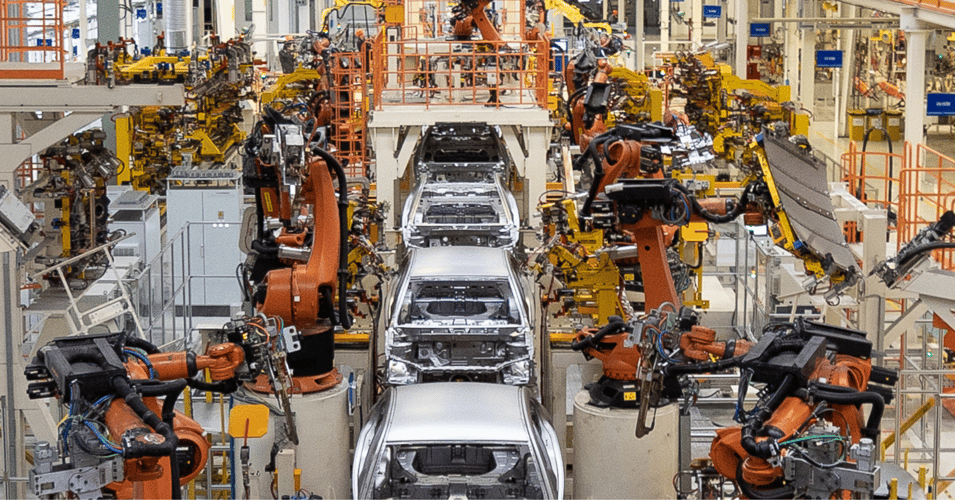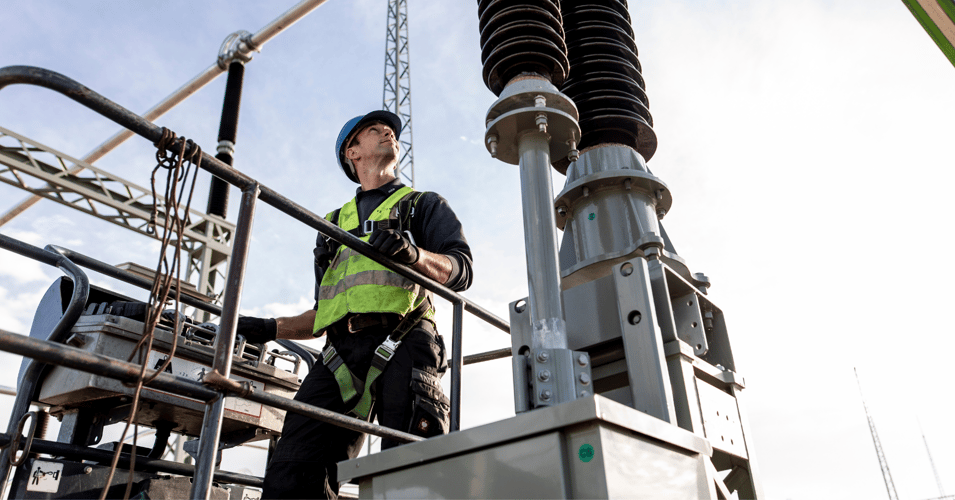
Machinery Directive 2006/42/EC (MD). Sounds a bit complicated. Terms such as risk assessment, safety and operating concept, and CE declaration of conformity are even less appealing to employees. So, it's not surprising that there is a great deal of motivation and resentment among the employees when yet another risk assessment inspection takes place in production. However, employees' safety at the plants has priority and must be guaranteed at all times.We at SCIO Automation take care of the safe conception and legally compliant implementation of the MD, regardless of the industry. Our team also ensures a better understanding among the employees.
The team at our Duisburg site recently carried out such a review, design and implementation of machine safety at an international production company in the heating, ventilation and air conditioning sector. This client had previously procured various operating equipment and machines for different locations. Devices were also planned and commissioned internally by the company itself. An in-house inspection showed that these no longer corresponded to the state of the art. We were commissioned to evaluate the plant inventory and the correct implementation of the Machinery Directive because time and in-house know-how were lacking the busy day-to-day work.
All machinery and plant equipment that has been placed on the market in the EU since 1995 must comply with the Machinery Directive. Companies that build their own equipment or modernize and retrofit existing equipment must also place it on the market in compliance with the standards and directives. In addition, there are different, production-specific safety guidelines at individual sites, which is why a regular risk evaluation by safety specialists in the production field is required. This usually involves an assessment of protective equipment such as clothing, safety helmets, fire protection, the use of hazardous substances, and the machines themselves. Assessments are made to determine whether these machines are state of the art or whether action needs to be taken to protect the machine operators from hazards posed by the machine.
At the above-mentioned client of our team, a site inspection of the operating equipment was carried out. During this inspection, our engineers checked which protective device was used, for example, to regulate access to the machine. What is the quality of the protective equipment? Is it necessary, for example, to install a protective device between the operator and the hazardous movement of the machine in order to prevent access to the area of danger? A number of deficiencies were identified during the inspection, which is why the team was commissioned to rectify them in accordance with the applicable standards and guidelines. Our 6-step system is used to bring the machines to CE conformity.
Our Functional Safety Engineers first conducted a risk assessment. They researched and interpreted the necessary standards and guidelines. At the same time, a coordinated safety and operating concept was developed in collaboration with the production staff.
Unlike other service providers, we operate independently of manufacturers and is product-neutral. This means that we researche and propose the best solution for the client and, if necessary, also take care of purchasing. Where frequent access to the machine is required, entry via a safety gate is more of a hindrance. This is where a safety light curtain comes into play. But no matter whether it is a separating protective device, a safety light grid or the safety control system - everything is researched on a customer-specific basis and installed according to the project.
In the process, our team from Duisburg is always in direct exchange with the client: So which measures are required? Are there any further requirements from the client? The client is involved in all processes and decisions on a detailed basis. He always has the option of taking on partial tasks himself with qualified personnel.
In this case, the team was not only entrusted with the planning and concept development, but also with the implementation and coordination of the necessary measures. This service distinguishes us from technical engineering offices - they create the concepts, but the customer usually has to take care of the implementation himself. In the implementation phase, for example, it is important to determine how the new safety guard can best be integrated into the existing plant. This also includes dealing with the control technology of robots, third-party machine controls and their source codes, and the existing E and P plans.
Does an old control technology have to be retrofitted or can an interface to the existing control technology be upgraded or adapted? It may also be the case that the current control cabinet is too small for the new safety technology. In such a case, the team brings in a new control cabinet including a complete replacement of the control technology. "In the implementation, we always deal with machines which, generally speaking, were not marketed by us. The original manufacturer of the equipment often has little interest in further servicing the machines because of economic reasons. And this is exactly where we can help. This requires a certain amount of experience in dealing with existing plants. We are not afraid to approach the existing control technology," explains Niklas Kurtenbach, Manager at SCIO Automation Duisburg GmbH (former tmp). The question that always has to be addressed is: How do I design the retrofit with minimal production downtime?
The final step in CE-compliant implementation of the Machinery Directive is the preparation of all documents and a CE declaration of conformity ready for signature.
In addition, we also conducted so-called safety trainings at the client's premises. In these trainings, employees are instructed to improve their knowledge of the Machinery Directive and functional safety. "Over the years, we have found that the training creates a better understanding of the importance of our work. Like, why are we doing all of this? Specifically, how do I interpret the directive? After all, the suggestions and measures we make are not taken from thin air, but are based on prevailing standards. We create transparency and thus acceptance for our approach," explains Thomas Gutmann, Managing Director of SCIO Automation Duisburg GmbH and Head of the Safety Services Business Unit.
Whether retrofitting an existing plant, building a new plant or linking machines - SCIO ensures safety for all operating equipment, regardless of the manufacturer.
Find more information about our Safety Services here.




















